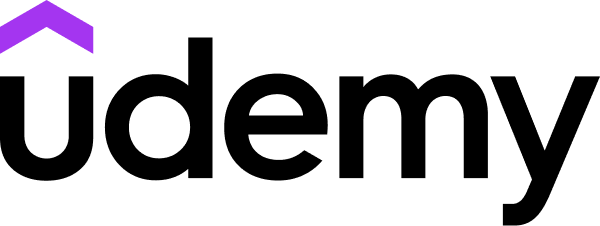LinkedIn Learning
Free Trial Available
English
Certificate Available
1-2 hours worth of material
selfpaced
Overview
Go beyond the basics and learn what it takes to develop iterative hardware prototypes using Arduino.
For designers and product managers, the Arduino family of microcontrollers and easy-to-assemble components is a valuable tool for exploring and evaluating hardware product designs. Rapid, incremental prototypes can help improve outcomes and reduce cost and time in the design process. In this course, instructor Robert Gallup helps you go beyond the basics and learn what it takes to develop Arduino-based prototypes. Robert begins by providing an overview of the prototype development process, highlighting both best practices and potential pitfalls. He then steps through how to develop and refine a proof-of-concept prototype, introducing relevant concepts and techniques along the way. Upon wrapping up this course, you'll be ready to tackle your own hardware prototyping using Arduino.
For designers and product managers, the Arduino family of microcontrollers and easy-to-assemble components is a valuable tool for exploring and evaluating hardware product designs. Rapid, incremental prototypes can help improve outcomes and reduce cost and time in the design process. In this course, instructor Robert Gallup helps you go beyond the basics and learn what it takes to develop Arduino-based prototypes. Robert begins by providing an overview of the prototype development process, highlighting both best practices and potential pitfalls. He then steps through how to develop and refine a proof-of-concept prototype, introducing relevant concepts and techniques along the way. Upon wrapping up this course, you'll be ready to tackle your own hardware prototyping using Arduino.
Syllabus
Introduction
- Prototype with Arduino
- What you should know
- Purpose and pitfalls of prototypes
- Prototype form factors
- The prototype process
- Prototype planning considerations
- Demo product brief of handheld game
- Define the proof-of-concept prototype
- Select components and libraries
- Design the circuit
- Make a pin map
- Connect the display
- Display "Hello World" sketch
- Understand display dynamics
- Implement display dynamics
- Understand interaction logic
- Breadboard buttons and update pin map
- Implement buttons
- Blocking versus non-blocking code
- Understand timers
- Implement non-blocking interaction
- Button debouncing
- Advanced button interaction
- Implement button functions
- Use symbolic parameters
- Document prototypes
- Final thoughts
Taught by
Robert Gallup

